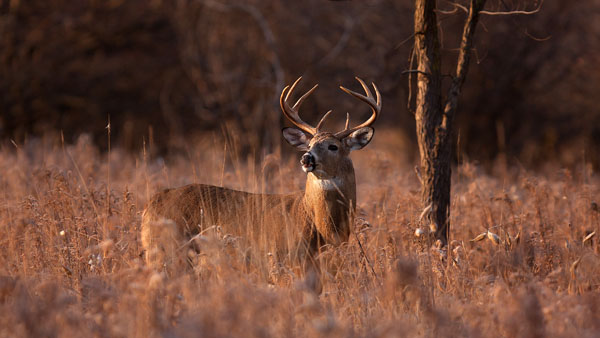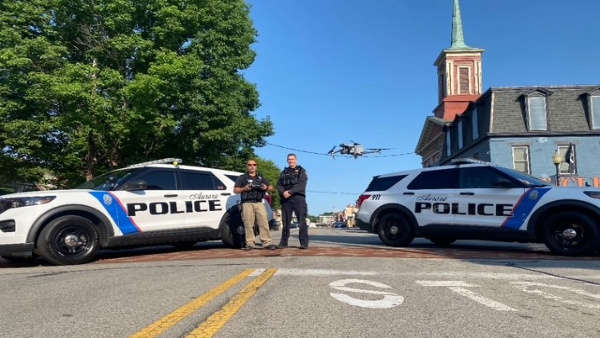EHD is a viral disease that affects white-tailed deer.

Shutterstock photo.
(Franklin County, Ind.) - The presence of Epizootic Hemorrhagic Disease (EHD), which is not known to infect humans, has been confirmed in Franklin County white-tailed deer, after the Indiana DNR sent samples of dead deer found in the county to Southeastern Cooperative Wildlife Disease Study labs. EHD is a viral disease that affects white-tailed deer. It is common in the United States and has been present in many states for decades, including Indiana. Indiana deer die from EHD every year. EHD is transmitted to deer from infected midge flies, commonly called no-see-ums or biting gnats. After becoming infected, deer often develop a fever and die within 36 hours. Infected deer often seek bodies of water to relieve their fever and then die nearby. Some deer recover. There is no evidence EHD has negative effects on deer that do not become infected. Cases of EHD typically peak in the late summer and early fall but decline quickly after the first frost, when insect populations are greatly reduced. Several reports of suspected EHD are actively being received by DNR, primarily from counties in the southern part of the state, and DNR is monitoring the situation. There is no known effective treatment or control for EHD in wild deer populations. At this point, it is not expected that this outbreak will affect deer hunting season. Signs of EHD in deer can include:
- deer walking in circles
- general weakness
- loss of fear of humans,
- swollen or blue-tinged tongue
- swollen eyelids
- swollen neck or head
- respiratory distress
“If you see a deer acting strange or if you find multiple dead deer in a single area, we would like to hear about it,” said Michelle Benavidez Westrich, wildlife health biologist for southern Indiana. To report a suspected case, go to on.IN.gov/sickwildlife. Due to the high volume of reports, a DNR biologist will only contact individuals who submit a report if more information is needed; however, all reports are valuable for tracking purposes. For more information, including maps of suspected EHD cases, see on.IN.gov/ehd.

 Dearborn County Comprehensive Plan Public Workshop Planned for July 24
Dearborn County Comprehensive Plan Public Workshop Planned for July 24
 4th of July Celebrations in Eagle Country
4th of July Celebrations in Eagle Country
 Dearborn Co. 4-H, Clearinghouse Teaming to Fill the Van
Dearborn Co. 4-H, Clearinghouse Teaming to Fill the Van
 Former Washington Township Trustee Arrested for Theft and Official Misconduct
Former Washington Township Trustee Arrested for Theft and Official Misconduct
 Aurora Police Launch New Drone Program
Aurora Police Launch New Drone Program
 Prepping Future Chefs at Science Behind Cooking Camp
Prepping Future Chefs at Science Behind Cooking Camp













